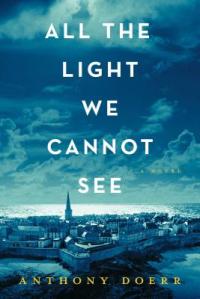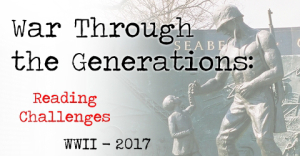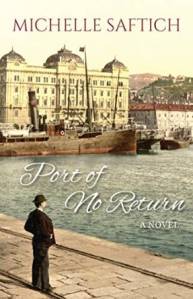
Source: Borrowed from library
Rating: ★★☆☆☆
Niklas Frank was seven years old when his father, Hans Frank, governor general of Nazi-occupied Poland, was hanged after the Nuremberg war crimes trials in 1946. In the Shadow of the Reich reads like a conversation with his dead father, in which Niklas Frank pours out his hatred and rage. He details his father’s career as a lawyer for the Nazi party and his rise to the governor general position, his theft from the Jewish ghetto, his groveling at Hitler’s feet, his hatred for Himmler, and, mostly, his cowardice.
In the Shadow of the Reich is the most bizarre book I’ve ever read about the Nazis. Niklas Frank imagines he is speaking to his father in hell. He interrupts excerpts from his father’s diary, letters, and testimony with his own thoughts. He imagines how his father acted in certain situations or what his father should have done, calls his father names, and basically goes on and on (and on and on) about how much he hates his father and his crimes.
This was a hard book to read, both for the content and its rambling. There was a lack of focus in its structure, like the only purpose of the book was to denounce his father. Niklas Frank had a lot of things to get off his chest, a lot of things to say to his father that he wasn’t able to say as a child seeing his father for the last time, and it feels like this book served as a kind of therapy to his tortured soul.
On the one hand, it was nice to see that he distanced himself from his father’s beliefs, but on the other hand, it felt way too personal. It’s hard to describe the book to people who haven’t read it before, but as someone who has read dozens and dozens of books about Nazi Germany, I must say this is the most unique and yet most disappointing in terms of the writing. Niklas Frank has an interesting story to tell, but I got more out of watching various YouTube interviews with him and other books about the children of Nazis in which he was featured (such as My Father’s Keeper) than from his own book. However, I think it would be worth giving a try if you are fascinated with firsthand accounts from World War II. In the Shadow of the Reich is definitely something different.





 After a year hiatus, Serena and I are back to host the 2017 World War II Reading Challenge on
After a year hiatus, Serena and I are back to host the 2017 World War II Reading Challenge on 

